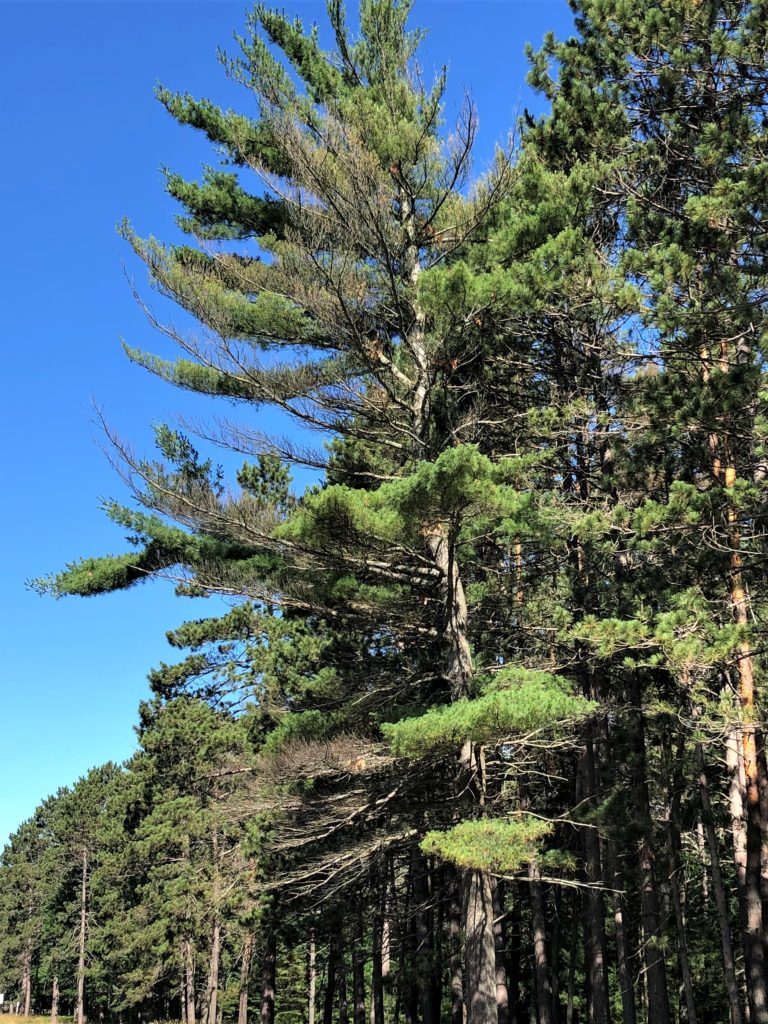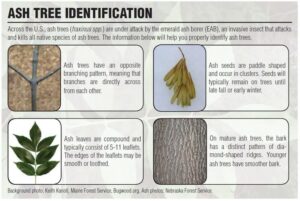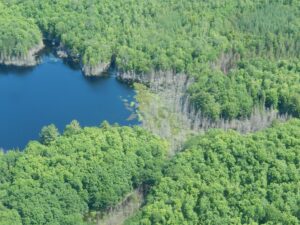Bill McNee, Forest Health Specialist, Oshkosh, Bill.Mcnee@wisconsin.gov or 920-360-0942
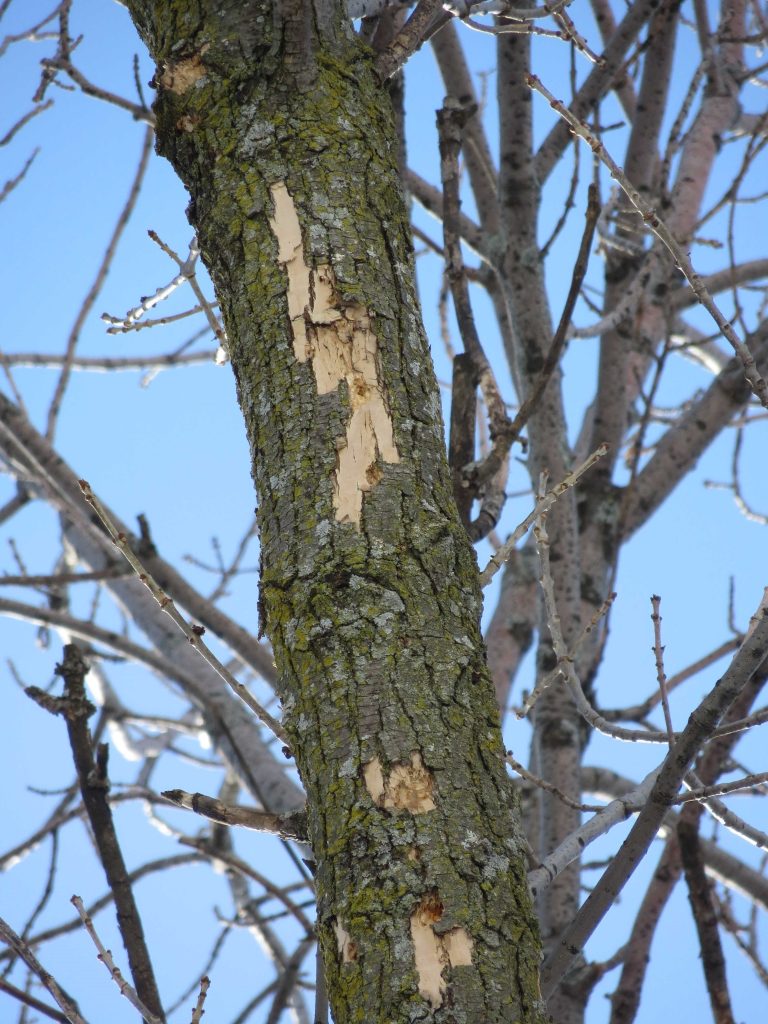
Ash tree branch in West Allis has been attacked by woodpeckers looking for larvae to eat.
Municipal foresters and property owners with healthy, valuable ash trees should consider treating the trees with insecticide this spring to protect against emerald ash borer (EAB). The pest is currently the most damaging threat to trees in Wisconsin, killing more than 99 percent of the ash trees it infests.
Woodpecker damage during the winter is often the first sign that an ash tree is infested, so it is essential to examine your ash trees. Now is an excellent time to consider insecticide protection because the treatments are usually done between mid-April and mid-May once leaves begin to return. Treatments on already-infested ash trees are more likely to be successful if the trees have low or moderate levels of woodpecker damage.
Continue reading “Treat Your Valuable Ash Trees Against Emerald Ash Borer”

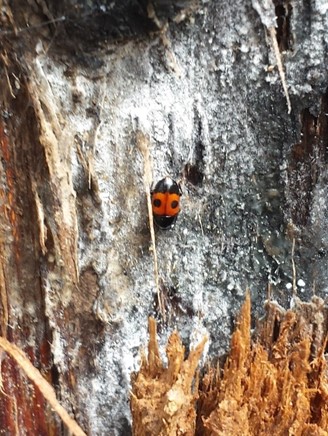
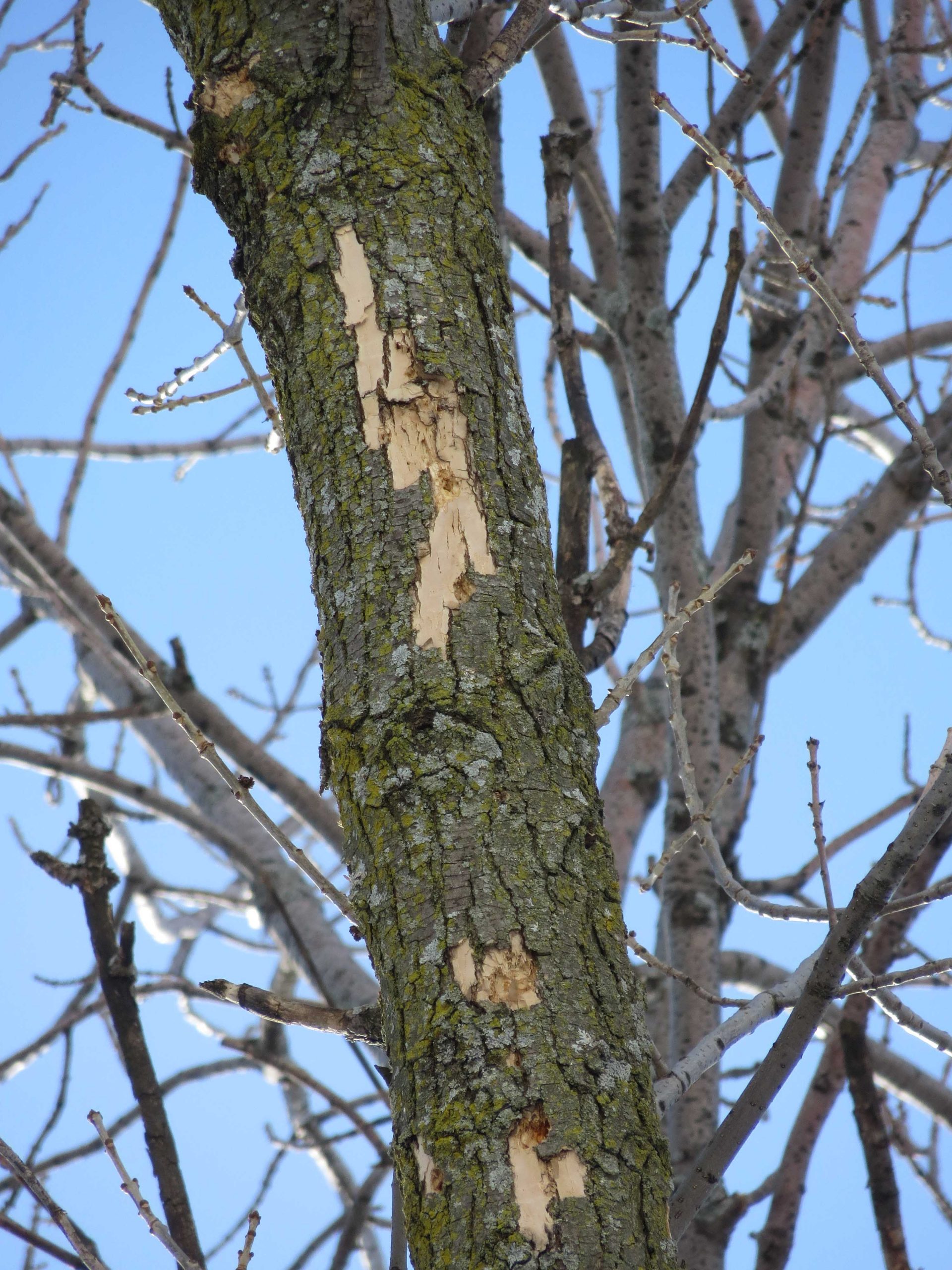
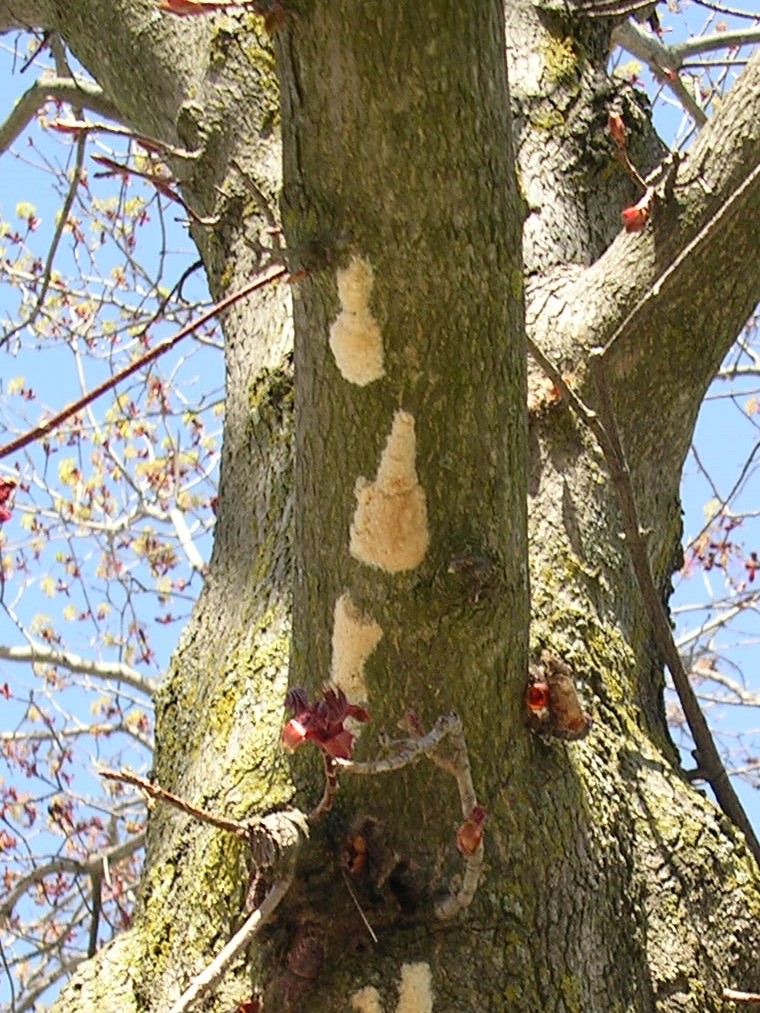
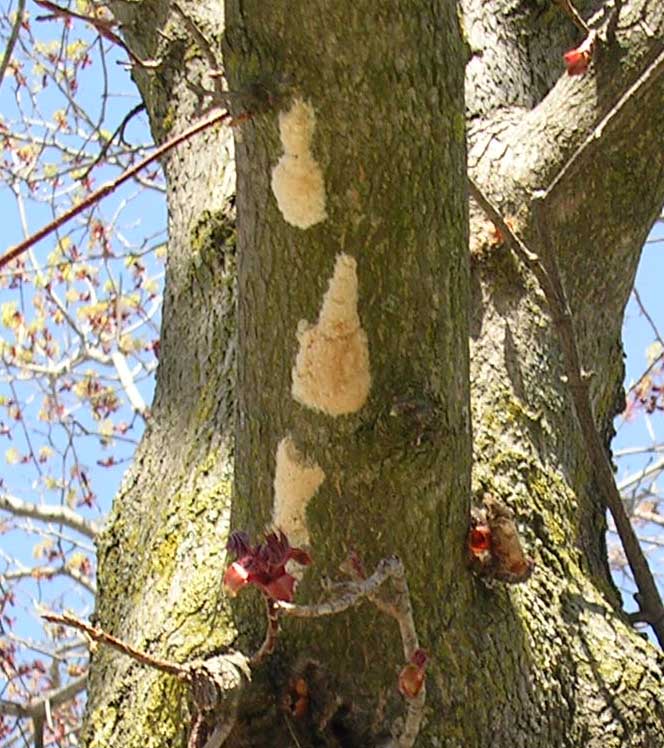
 The Wisconsin Department of Natural Resources’ Forest Health team recently completed the 2020 Forest Health Annual Report. The report summarizes impacts from pests, diseases and weather on the health of Wisconsin’s forests. Highlights from 2020 include:
The Wisconsin Department of Natural Resources’ Forest Health team recently completed the 2020 Forest Health Annual Report. The report summarizes impacts from pests, diseases and weather on the health of Wisconsin’s forests. Highlights from 2020 include: